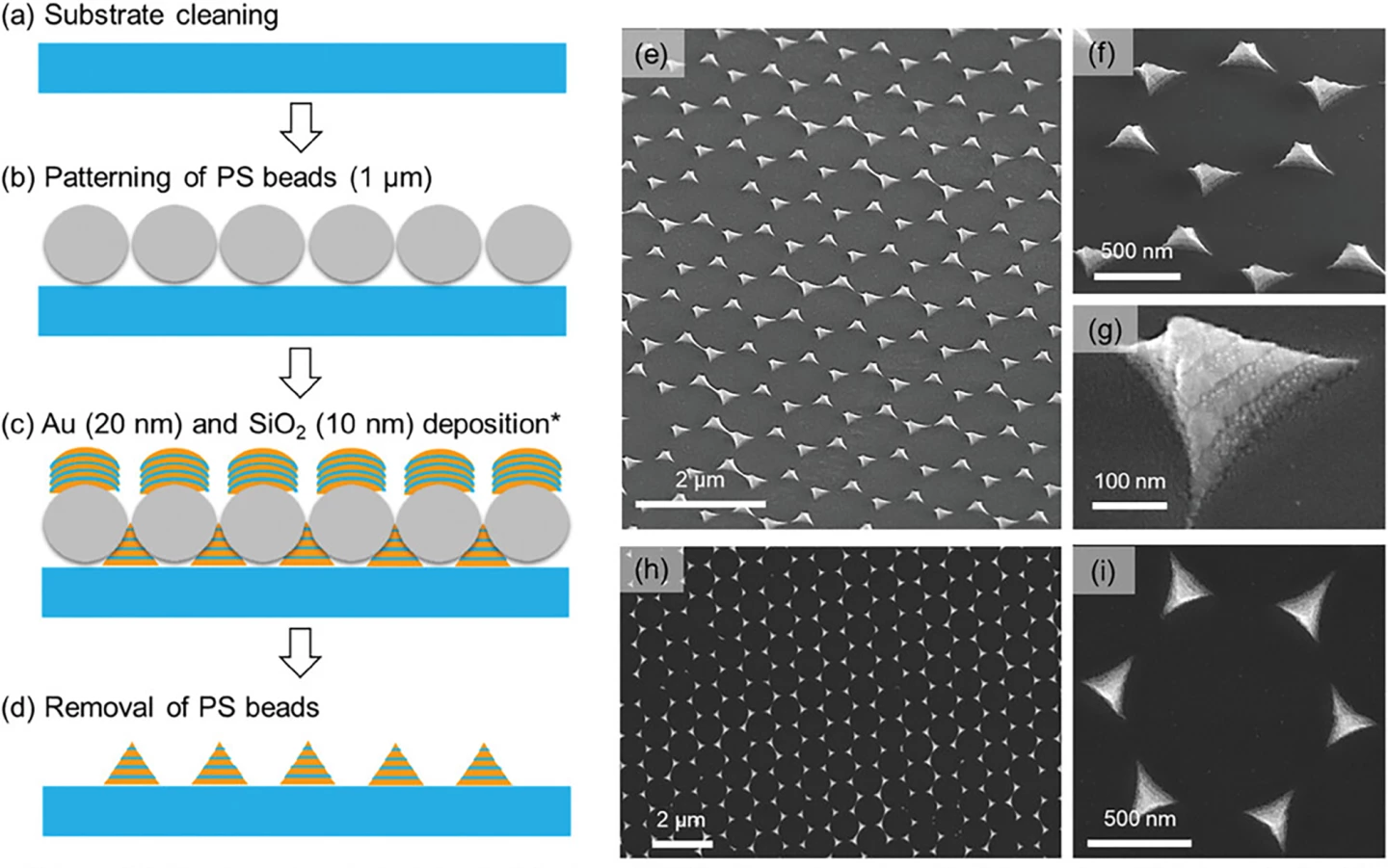A tiny chip with a unique surface can accurately detect the blood biomarkers of a heart attack within minutes, a fraction of the time taken by current methods, even if they’re at very low concentrations. The researchers behind the device see it being used as an at-home diagnostic tool.
With any heart attack, time is of the essence. The quicker it’s diagnosed, the quicker blood flow is returned to the heart, and the less damage is done, thereby improving patient outcomes. But heart attacks are tricky beasts, presenting with symptoms that can differ from person to person.
Someone presenting to the emergency room with a suspected heart attack will undergo a number of standard blood tests, which include testing for the enzyme creatine kinase and the protein troponin, biomarkers that signify heart muscle damage. The problem is that it can take one or two hours to receive the results of these tests from a lab.
Now, Johns Hopkins University (JHU) researchers have led the design of a tiny chip that diagnoses heart attack by detecting these important biomarkers in minutes rather than hours, even if they are present at very low concentrations. They recently published their study findings.
“Heart attacks require immediate medical intervention in order to improve patient outcomes, but while early diagnosis is critical, it can also be very challenging – and near impossible outside of a clinical setting,” said Peng Zheng, an assistant research scientist at JHU and the study’s lead author. “We were able to invent a new technology that can quickly and accurately establish if someone is having a heart attack.”
The key is the chip’s unique ‘metasurface.’ First, a single layer of polystyrene beads is arranged in a hexagonal pattern on a quartz substrate. Alternating thin layers of gold and silica are deposited on top, filling the gaps between the beads before the beads are removed, leaving nanosized pyramid-like stacks of gold and silica meta-atoms.

The combination of metal (gold) and dielectric (silica) enhances the chip’s electric and magnetic fields, thereby enhancing the ability of Raman spectroscopy to analyze the patient’s blood. Raman spectroscopy is a technique of chemical analysis that provides detailed information about a substance by using light – a wide range of laser wavelengths – to interact with its chemical bonds.
The chip ‘saw’ heart attack biomarkers within seconds, even if they were in ultra-low concentrations. It was sensitive enough to pick up biomarkers before they’d be found using current tests or not detected until much later during a heart attack.
“We’re talking about speed, we’re talking about accuracy, and we’re talking about the ability to perform measurements outside of a hospital,” said Ishan Barman, who is a bioengineer from JHU’s Department of Mechanical Engineering. “In the future we hope this could be made into a hand-held instrument like a Star Trek tricorder, where you have a drop of blood and then, voilà, in a few seconds you have detection.”
The researchers clearly foresee an at-home heart attack detector in the future. The proof-of-concept device can also be adapted to test for cancer and infectious diseases, the researchers say,
“There’s enormous commercial potential,” Barman said. “There’s nothing that limits this platform technology.”
The study was published in the journal Advanced Science.
Source: Johns Hopkins University






